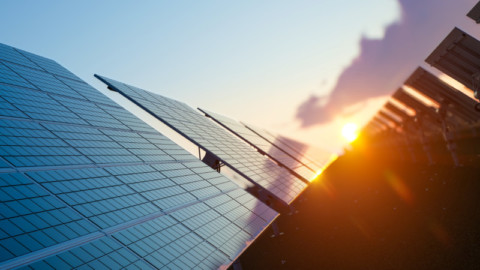The spotlight has been put on Australia’s electricity networks following record breaking temperatures and power outages across the country.
In early January 2018, Sydney was dubbed the hottest place on earth when the mercury hit 47.3°C.
Temperatures during the last weekend in January 2018 then soared in Victoria which resulted in an overload on air conditioning systems.
The record demand – which peaked around 6pm with more than 9.2GW – triggered fuse faults at electricity substations, causing a series of blackouts that impacted tens of thousands of suburban households.
Following this, Victorian Premier, Daniel Andrews, called for compensation for the 90,000 households impacted by outages.
The Australian Energy Market Operator (AEMO) denied claims the power cuts were due to the closure of the coal-fired power station in Hazelwood in 2017.
AEMO said there was more than enough capacity in Victoria’s energy grid on the day of the blackouts, and no lack of reserve, despite the state’s new record for peak power demand.
According to AEMC, 90 per cent of all power failures in the five years to 2010 were caused by a failure of distribution and just 1.2 per cent of blackouts across the NEM was caused by a lack of capacity.
The spotlight has been put on the network’s ability to cope with warmer weather and higher peak power demand in coming years with recent data confirming the world experienced its hottest five years from 2013 to 2017.
The release of the Climate Council publication 2017: Record-breaking Year for Heat and Extreme Weather, illustrates broken records for hot, dry conditions with more than 260 heat and low rainfall records broken throughout winter.
The record is part of a sharp, long-term upswing in global temperatures, with 17 out of the 18 years hottest years on record all occurring in this century.
In other key findings, 2017 was the third hottest year ever recorded, and the world’s ten hottest years on record have all occurred since 1998, with seven of the ten hottest years on record in Australia happening since 2005.
Five of the seven have occurred the past five years.
The Climate Council said increasing global heat, driven primarily by the burning of fossil fuels, exacerbated extreme weather events around the globe and in Australia during 2017.
New highs for solar PV installations were set in 2017 with 1340MW operational by the end of December 2017, with close to five million solar panels commissioned.
Queensland and NSW were the biggest markets for solar PV in 2017 accounting for 33 per cent and 25 per cent share respectively, according to Green Energy Markets.
The residential market remained the mainstay of the PV industry during 2017, accounting for 64 per cent of total installations and the commercial sector tallied 18 per cent while utility-scale installations reached 185MW (DC) in 2017.
During 2018 the industry is on track to commission 2.6 times this level of solar PV with an additional 13 million solar panels installed adding more than 3500MW, inclusive of large-scale solar projects under construction: more than 2,300MW (DC) of utility-scale projects will be commissioned in 2018.
Green Energy Market’s Ric Brazzale has attributed the dramatic increase in the level of installations to heightened media attention on blackouts and energy security along with higher power prices; events that have bolstered investment in energy independence by households and businesses.
Victoria’s recent blackouts could lend greater impetus to the solar PV market.
















